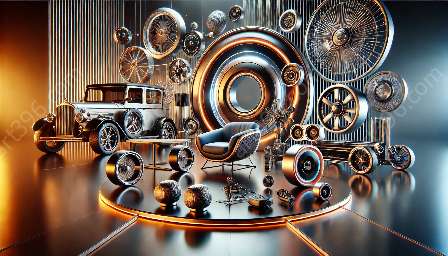For culinary artists, using edible powders and dust has become a popular technique in enhancing food presentation and plating. This article delves into the various applications of edible powders, how they are used, and their compatibility with food presentation and plating techniques.
The Art of Food Presentation and Plating
Food presentation and plating is an essential aspect of culinary arts. It involves not only the taste of the dish but also the visual appeal. Professional chefs and culinary artists continuously strive to create visually stunning presentations that complement the flavors and textures of their dishes.
Understanding Edible Powders and Dust
Edible powders and dust refer to finely ground substances that are safe for human consumption. These powders are created from a wide range of food products such as fruits, vegetables, herbs, spices, and even proteins. Culinary artists utilize these powders to add unique colors, textures, and flavors to their dishes.
Applications of Edible Powders
Edible powders and dust can be used in a variety of ways in food presentation and plating. They can be dusted on desserts, sprinkled over savory dishes, used to create intricate designs, and even incorporated into sauces and garnishes.
- Enhancing Visual Appeal: Edible powders allow chefs to add vibrant colors and artistic elements to their presentations, creating a visually striking plate.
- Adding Flavor and Texture: These powders can introduce new flavors and textures, elevating the overall dining experience for the patrons.
- Creative Expression: Culinary artists use edible powders as a medium for expressing their creativity, turning ordinary dishes into works of art.
Integration with Culinary Arts
Integrating edible powders into culinary arts requires a deep understanding of both the technical and artistic aspects of cooking. Chefs and food artists must consider the compatibility of powders with different types of dishes, as well as the balance of flavors and aesthetics.
Culinary Techniques and Powders
Pairing edible powders with specific culinary techniques can result in breathtaking presentations. Here are some popular culinary arts techniques where edible powders are used:
- Sous Vide: Edible powders can be applied before or after sous vide cooking to enhance the visual appeal and add unique flavors to the dish.
- Deconstruction: Chefs can deconstruct classic dishes and use edible powders to create innovative plating designs.
- Molecular Gastronomy: The use of edible powders aligns well with molecular gastronomy, offering endless possibilities for texture and flavor manipulation.
- Gelification: Edible powders can be utilized in the process of gelification to create visually appealing gelled dishes.
Challenges and Considerations
While edible powders can elevate the presentation and plating of dishes, chefs need to be mindful of a few considerations:
- Flavor Balance: The addition of powders should enhance, not overpower, the dish's primary flavors.
- Texture Management: Powders should be used to complement the overall texture of a dish, rather than creating an unpleasant mouthfeel.
- Health and Safety: Chefs must ensure that the powders used are safe for consumption and free from any harmful substances.
Conclusion
Utilizing edible powders and dust for food presentation and plating offers a realm of possibilities for culinary artists. By understanding the compatibility of these powders with different culinary techniques and maintaining a balance between flavor, texture, and visual appeal, chefs can create extraordinary dining experiences that delight the senses.


